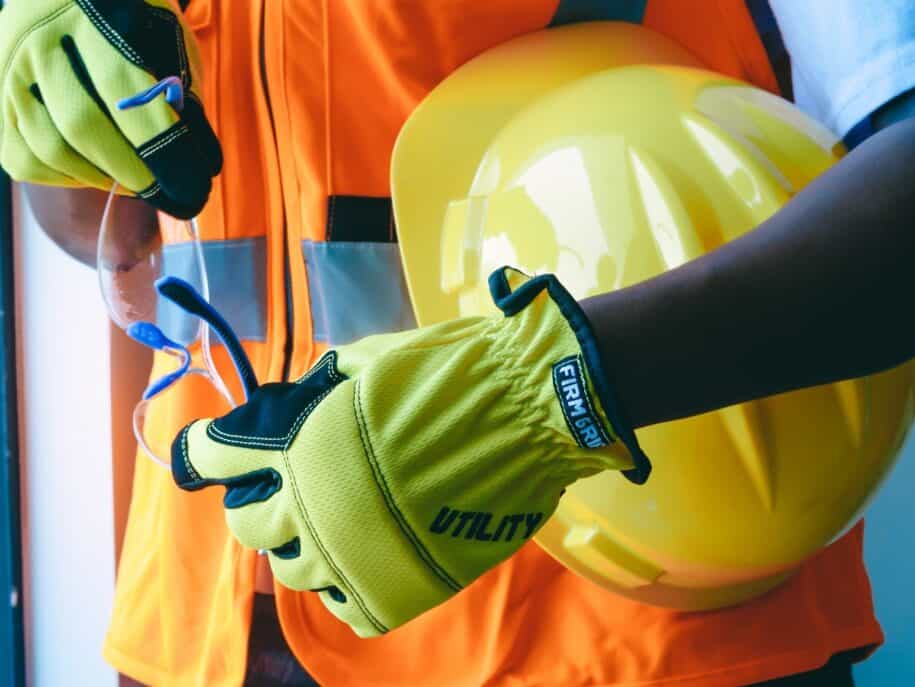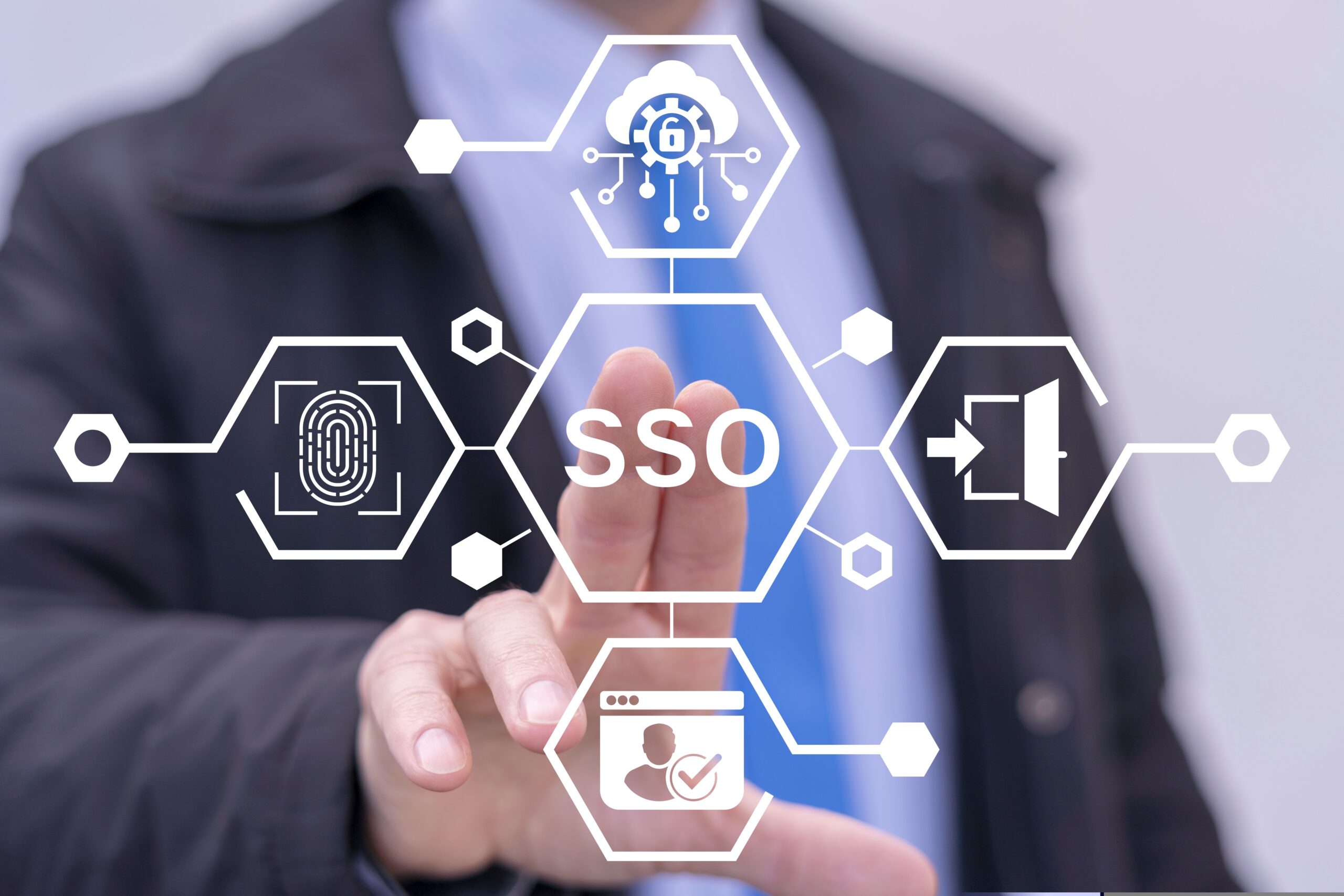Personal protective equipment (or PPE) has long played a critical role in keeping people safe on the job, whether they work in a medical laboratory or a warehouse. The specific type of PPE chosen for employees depends on numerous factors — there is no such thing as a one-size-fits-all approach to protecting a team. This article outlines ten of the most important factors to remember when choosing PPE for employees.
Current Problems with PPE
A 2022 study revealed that over eight in ten employers report struggles with getting their employees to wear PPE consistently. An astounding 83 percent said they experience these issues “often,” and eight percent said it happens “sometimes.” Employees list several reasons why they don’t wear PPE consistently, ranging from simply not wanting to wear it (that’s the case for 72 percent) to not having correctly fitting supplies (14 percent). Some employees also reported not wearing PPE for comfort and safety reasons. For example, those who work in hot climates find that they overheat when wearing masks and protective clothing. To avoid issues like dehydration and heat stroke, they choose to forego PPE altogether.
Choosing PPE for Employee Health and Safety
If employees are not wearing PPE for any of the reasons listed above, making better selections could help to resolve this problem. The following are the Top 10 suggestions to help companies pick the right products for their teams:
1. Industry Standards
The Occupational Safety and Health Administration (OSHA) states that PPE is required for safety and should be provided in several workplace situations (across multiple industries), including the following:
- Construction workers must wear hardhats and earplugs
- Healthcare professionals who could be exposed to COVID-19 should wear respirators and facial coverings
- Employees working with lasers and other eye hazards should wear safety goggles
- Molten metal workers must have protective leg guards
- Those working in wet or slippery environments should wear non-slip shoes
- People working with corrosive chemicals must have protective gloves
- Airport grounds crews should wear earmuffs
- People working at pools or on boats must have flotation devices
If there is uncertainty about the types of PPE employees are technically supposed to wear, it is possible to confirm choices by checking the latest guidelines from OSHA and other governing bodies.
Additionally, EHS management software with hazard and PPE assessment capabilities can assist with this process. Once hazardous activities have been entered into the system and sorted by location, (with designated rooms, buildings, or benches for the various hazardous activities) an assessment can be run that will automatically flag certain tasks and suggest PPE and other controls that may be necessary for workers. Such a tool is designed to assist companies with PPE selection by creating summaries of the entered safety and hazard data for specific locations, groups of people working together, types of hazards, etc. For example, if a company utilized this software in conjunction with an electronic chemical inventory and SDS management solution, PPE would be recommended based on exposures and hazards related to chemicals within the database.
2. Climate
Companies should remember that climate-related issues, mainly working in high temperatures or areas with high humidity, can contribute to PPE problems and employees choosing to forego them. If these kinds of issues are occurring in an organization, it is possible to find more breathable, temperature-regulating options. For example, there are masks made of cooling or moisture-wicking materials.
3. Threat Level
Some jobs are inherently more dangerous than others. The threat level employees face will, naturally, influence the amount and type of PPE they wear. For example, in a construction company, employees may regularly risk electrical shock while on the job. In that case, they will need either Class A (which protects against mild shocks) or Class B (which protects against stronger shocks) hard hats for maximum safety.
4. Workplace Hazards
The specific types of hazards employees face in the workplace must also be considered. Whether they are exposed to electricity, dangerous chemicals, or radioactive hazards, they must have equipment specifically designed to protect against these things. It is important to always look for PPE specific to the employees’ field, remembering that there are no one-size-fits-all solutions.
5. Functionality
Choosing personal protective equipment for a specific industry and the type of work employees do will keep everyone safer on the job. The same goes for selecting the most functional products. For example, purchasing safety glasses that have the incorrect coating for an area’s specific humidity and temperature ranges could lead to the glasses fogging up and interfering with employees’ vision, hindering focus, and contributing to accidents, errors, and reduced productivity.
6. Comfort
If employees’ masks are constantly digging into their faces or their hard hat does not fit properly, they might be more inclined to skip putting on PPE altogether. To avoid these issues (and the safety risks that accompany them), organizations should take comfort into account. Choosing materials that are designed for a specific climate to prevent overheating or getting too cold or considering factors like breathability when selecting items such as back braces are both examples of this.
7. Fit
Another way to improve employee comfort regarding PPE is to find flexible options that they can customize to their bodies. Items like masks with adjustable straps can be altered to work for different employees, increasing their comfort and providing a greater level of protection. After all, how effective is a mask with gaps on the sides because it is too large for the particular wearer’s face?
8. Sustainability
In some circles, a common argument against PPE is a lack of sustainability. Luckily, there are ways to select sustainable options and protect workers. For example, there are PPE products made from recyclable materials. If a company is concerned about environmental impacts, there is also the possibility of translating that concern into more robust energy and waste management protocols.
9. Visibility
In addition to needing to see clearly, employees should be highly visible while wearing PPE. If an employee cannot see their coworker coming or does not know where they are, it could cause an accident, serious injuries, or production issues. One example of prioritizing visibility would be airport workers on the job at night. They are typically required to cover their PPE in reflective tape to increase visibility and reduce their chances of being hit or hurt.
10. Price
Of course, PPE prices also matter. It might be tempting for organizations to cut corners to save money. However, quality should never be compromised for the sake of a reduced price. Decreasing costs while increasing employees’ risk of being injured or getting infected on the job, can result in a greater loss of money in the long run.
Investing in the Right Tools for the Job
Selecting the most suitable personal protective equipment will give employees peace of mind and reduce their risk of getting sick or injured on the job. Following the guidelines discussed above, with specific attention to the regulations in place and an open mind toward the tools and options available, will assist companies in the selection of the best products for any team.
Author Bio
Guest Post from Nick Warrick. Nick is the sales manager at All Seasons Uniforms, a professional workwear company based outside of Chicago that has been in business since 1991.
Publisher Bio
The SafetyStratus Research Advisory Group (RAG) brings together thought leaders from the global environmental, health, and safety community to promote best practices and provide key insights in the profession and the industries they serve. The Research Advisory Group also advocates, where practical, the intersection of and advances with the use of technology, such as the SafetyStratus enterprise EHS software platform. Group membership consists of representatives from across varied disciplines and market sectors as well as select members of the SafetyStratus team.
The primary objectives of the SafetyStratus RAG partnership are to:
- Build a strategic partnership between EHS practitioners and the SafetyStratus team.
- Provide engaging and practical content to the global EHS community.
- Provide discipline and market feedback specific to SafetyStratus products and services.
While the objectives of the RAG are varied, the primary public-facing outcome will be available through engaging and practical content found on the SafetyStratus resource pages. Various articles, papers, and other valuable resources will be produced and shared as part of an ongoing effort to cultivate a robust community. Ultimately, the SafetyStratus RAG will expand to have a broader reach and provide opportunities for more inclusion by all interested EHS professionals in a collaborative community environment.



